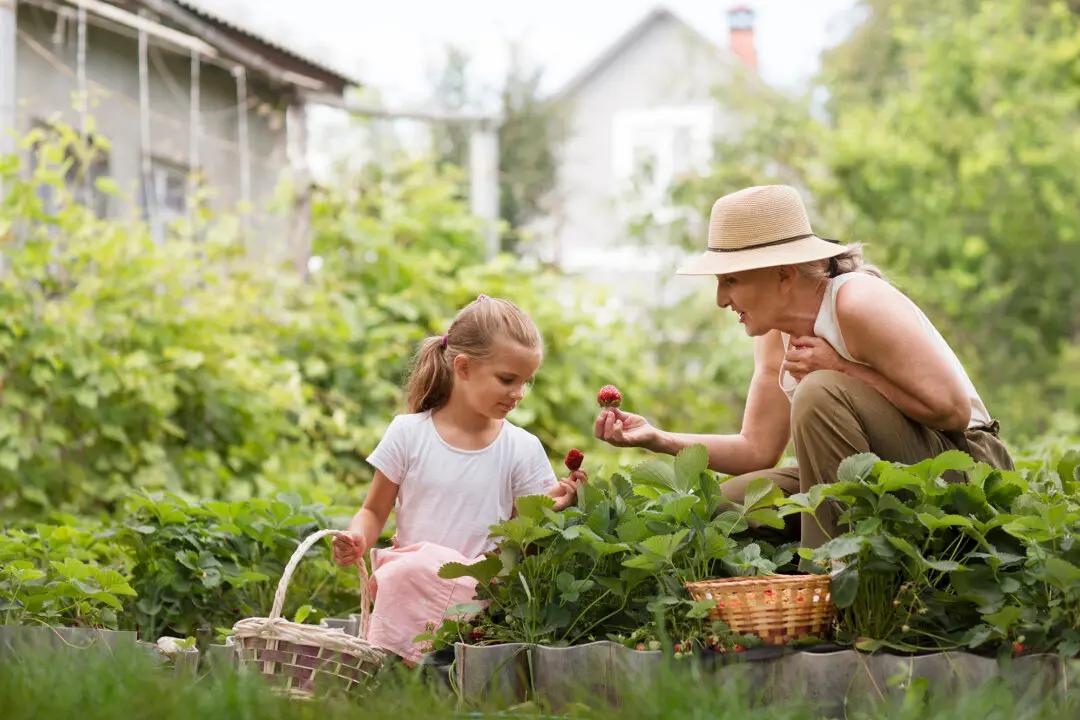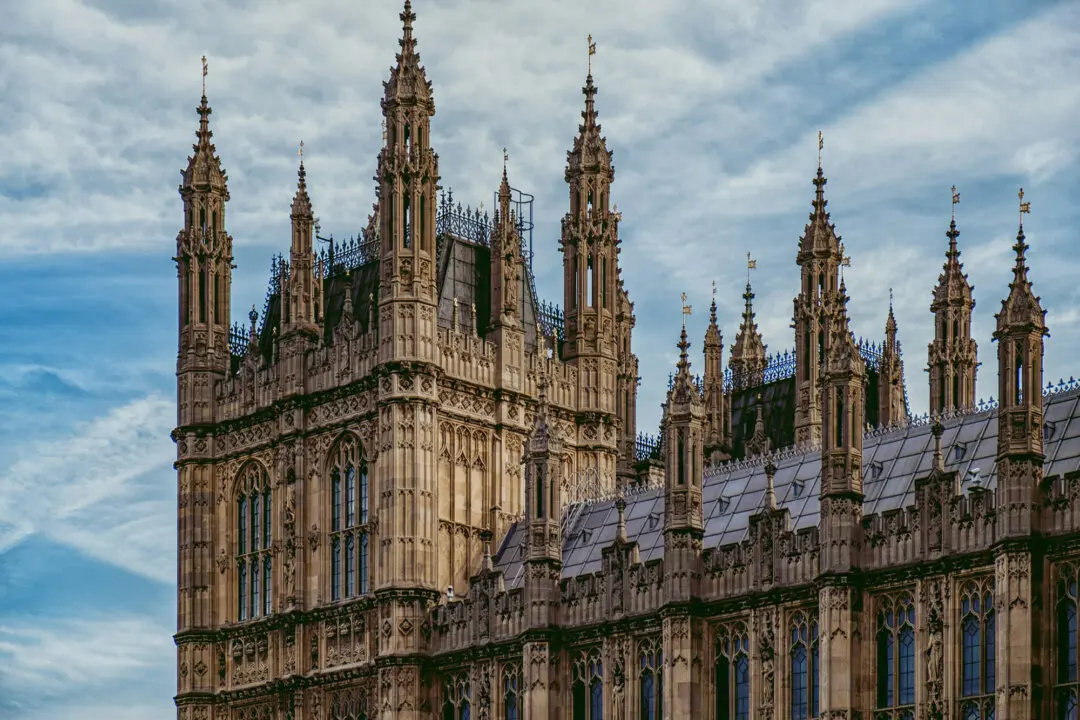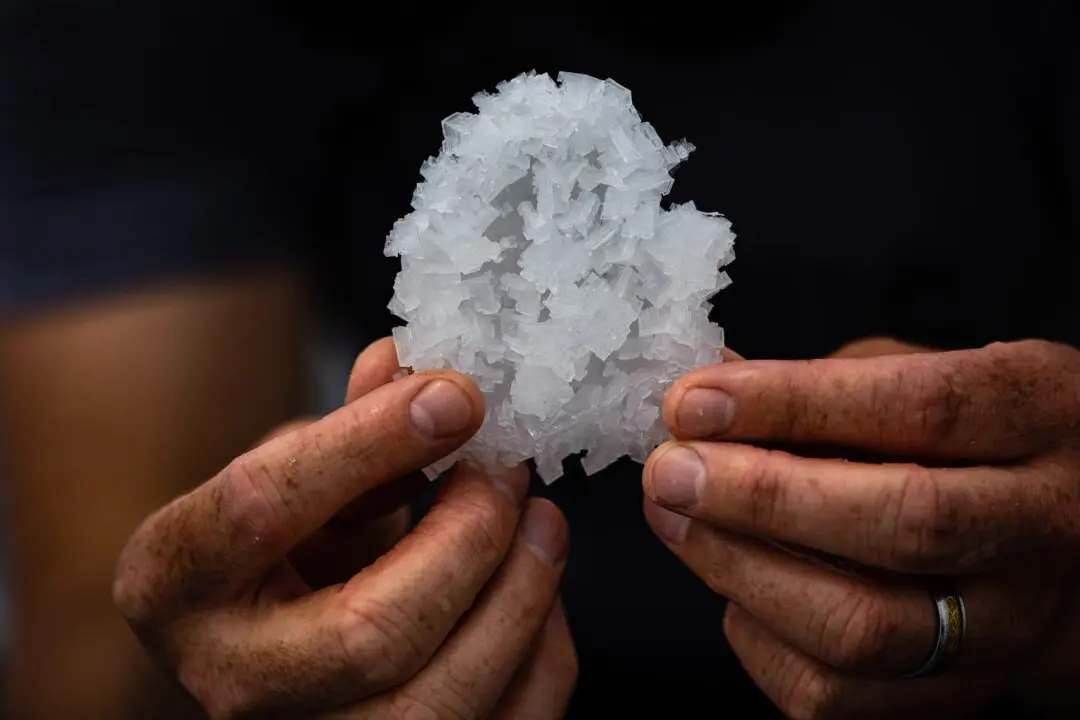Neil McLeod needed sweetener for his morning coffee. Colony collapse had killed his beehives, erasing his home-grown honey supply. He dislikes industrial processed sugar: “No flavor.”
The answer was right out his Northwest Washington kitchen window: bigleaf maple trees, the West Coast’s iconic, massive, robust, and oft-derided chieftains of the Acer genus. These are the largest maples on Earth, surpassing 30 feet in circumference, 110 feet in height, and 90 feet in crown spread. They are magnificent hardwoods whose dynamic growth creates dense deciduous forests along waterways and on wet slopes from Southeast Alaska to California, and whose eponymous, Paul Bunyan-esque leaves turn butter-colored each fall.





